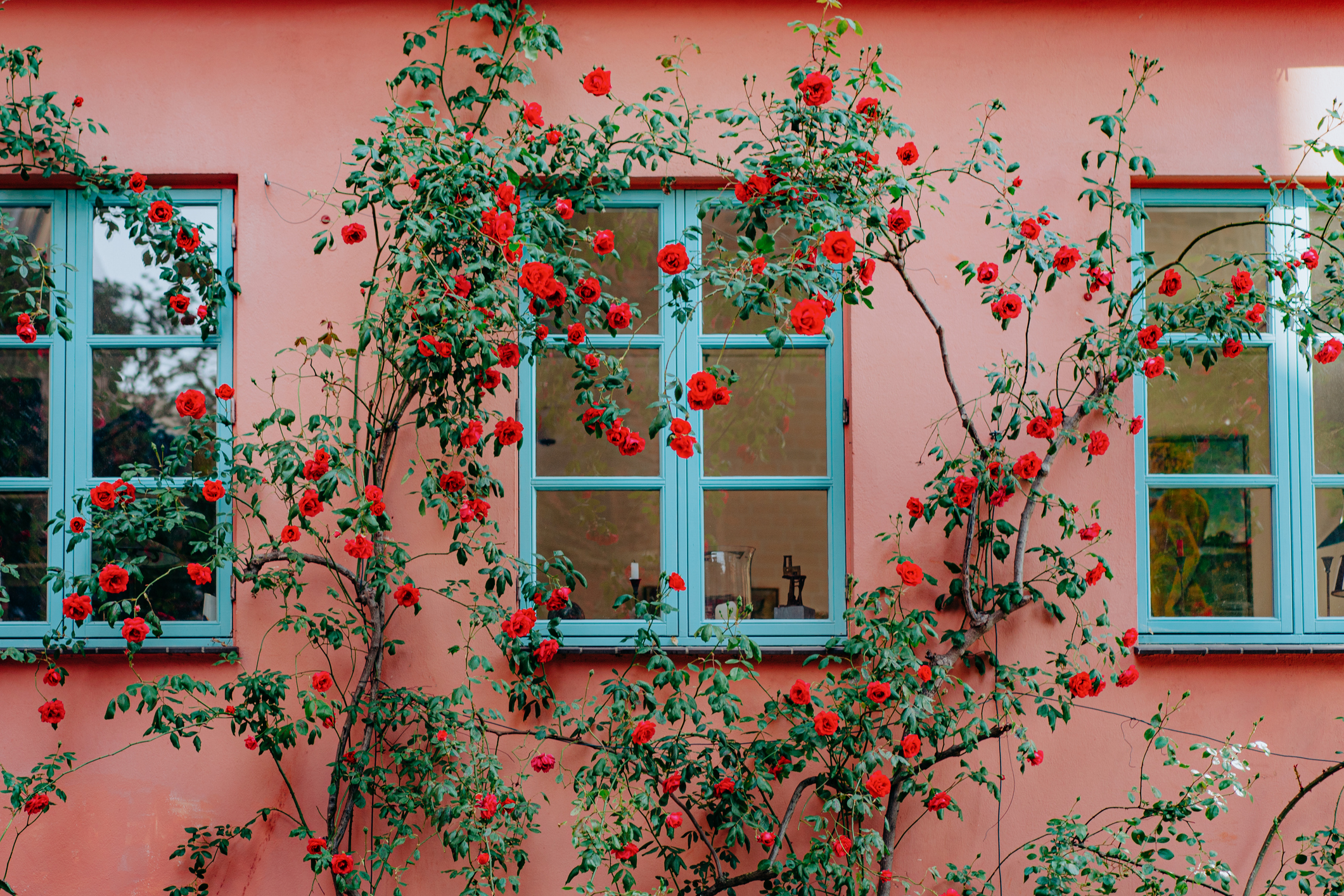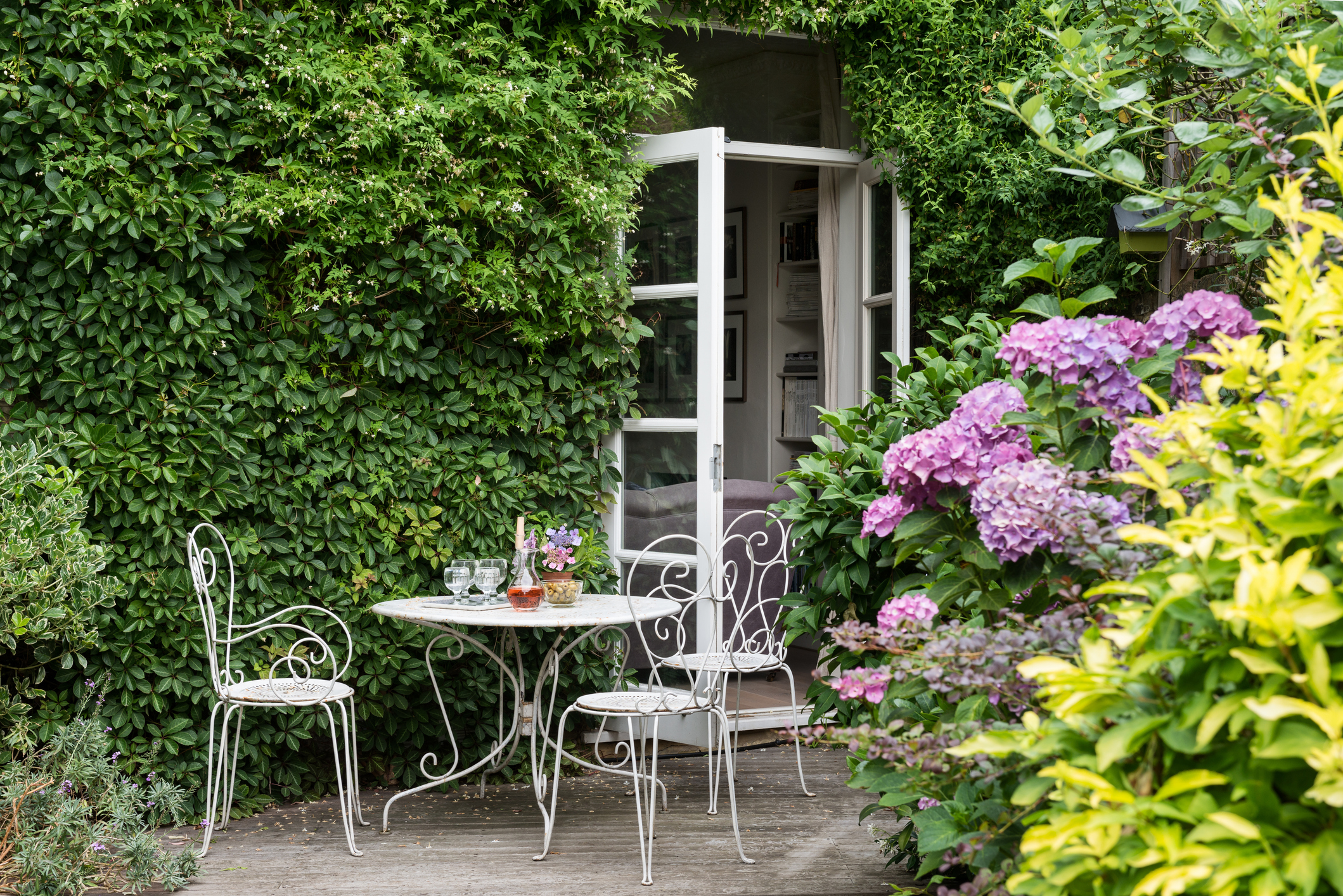

We may earn revenue from the products available on this page and participate in affiliate programs. Learn More ›
If you’re struggling to keep your garden looking perfect and orderly all the time and feel exhausted trying to keep up, you might welcome the news that lived-in gardens are predicted to be quite popular in the coming year. According to Garden Media Group’s 2025 Garden Trends Report, there will be a shift from a pristine and untouched landscape to a more genuine, seasoned aesthetic.
“The trend is driven by a growing desire for authenticity and sentimentality,” says Katie Dubow, president of Garden Media Group in Chester County, Pennsylvania. “With social media making everything seem shiny and new, we are craving old and vintage. In addition, in a time when many people feel disconnected from the natural world, lived-in gardens provide a retreat where people can feel safe and at home,” says Dubow.
Keep reading to learn what it means to have a lived-in garden, the benefits it can provide, and how to achieve this look.

Discover the essence of lived-in gardens.
The idea of an unfettered garden is nothing new. Chaos gardening, for example, has been characterized by a free-spirited approach to gardening, incorporating elements of spontaneity and natural growth patterns. This approach involves using old seeds, encouraging self-seeding plants, and embracing a more relaxed and organic gardening method, fostering a deeper connection with nature. Woodland gardens are another type of natural garden design. With minimal maintenance necessary, gardeners can ignore dead leaves on the ground and allow new plants to grow naturally.
Evoking the timeless charm of old European gardens, lived-in gardens of today are designed to appear as if they have been nurtured for decades, offering an oasis of tranquility and historical beauty. They are meant to have an older look to them, feeling natural and even luxurious.
“Lived-in gardens are characterized by their relaxed, naturalistic appearance, evoking the charm of mature, established landscapes,” says Dubow. She explains how this trend is all about creating spaces that feel authentic and personal, moving away from the rigid, manicured aesthetics of traditional gardening. “As homeowners seek comfort and connection with nature, lived-in gardens offer a sanctuary that reflects a sustainable and diverse approach to outdoor spaces.”

Lived-in gardens can boost your property value.
Aside from being attractive and easy to maintain, lived-in gardens can enhance your property value. Garden Media Group highlights research out of Virginia Tech that indicates how mature, well-landscaped homes can command a price premium of up to 12.7 percent compared to those without landscaping. “This translates to approximately $38,100 on a $300,000 home, highlighting the financial benefits of investing in attractive, lived-in gardens,” says Dubow.
The research also found that homebuyers prioritize sophisticated design, with a strong preference for mature plantings and trees, which alone can increase property values significantly, ranging from $1,000 to $10,000 per tree.
Homeowners are encouraged to consider adapting a lived-in garden look. According to the Garden Media Group report, “By embracing the lived-in garden trend, you are not just creating a beautiful space but investing in a landscape that grows more valuable with time, both financially and as a sanctuary for life.”
Lived-in gardens are sustainable.
Another major benefit of lived-in gardens is that they foster biodiversity and help improve ecosystems. “As these gardens mature, they provide essential habitats for wildlife, improve soil health, and create inviting spaces that encourage outdoor activities,” says Dubow. “Ultimately, lived-in gardens reflect a commitment to sustainability and well-being, making them a valuable investment for homeowners and the environment alike.”
Some of the key aspects of having a lived-in garden include planting native plants and nurturing existing trees. This vegetation will then attract wildlife and pollinators to help the garden—and natural environment overall—thrive.

How to Achieve a Lived-In Garden Look
Creating a lived-in garden look is in reach for many. Just pay attention to any restrictions from your homeowners association (HOA) that may hinder your design, such as plant height, specific plant bans, fence styles, and overall landscape aesthetics.
When you’re ready, follow these guidelines to bring an attractive lived-in garden to life on your property:
- Choose fast-maturing trees that provide plenty of shade and structure, such as Lombardy poplar and silver maple.
- Plant flowering perennials such as violets, astilbe, dianthus, sundrops, yarrow, and lantana for a variety of colors,
- Incorporate ornamental grasses to add movement and a layering effect, including New Zealand hair sedge, blue fescue, snowy woodrush, or ponytails Mexican feather grass.
- Select long-blooming plants such as coneflowers, salvia, and black-eyed Susan.
- Opt for fast-growing plants such as milkweed, hydrangeas, azaleas, and canna lilies.
- Let vines grow wild so they can extend to unexpected areas in the yard.
- Choose some climbing plants like clematis, American wisteria, honeysuckle, and roses to soften fences and trellises.
- Plant densely for a full, established look.
- Layer plants by mixing tall shrubs or trees with medium-size perennials and groundcovers to add depth and complexity.
- Let plants be imperfect by having a hands-off approach to trimming and pruning.
- Plant plenty of low-maintenance native plants; check the Native Plant Finder from the National Wildlife Federation for guidance.
- Incorporate some moss or moss-like plants like sagina for a well-established look.
